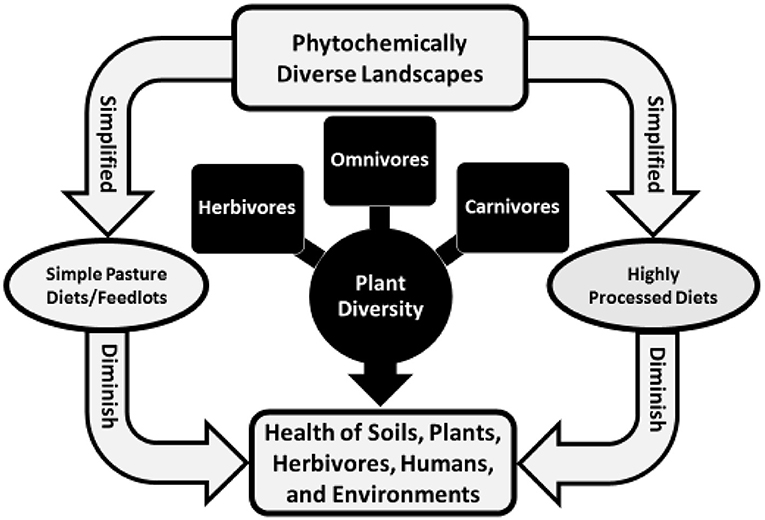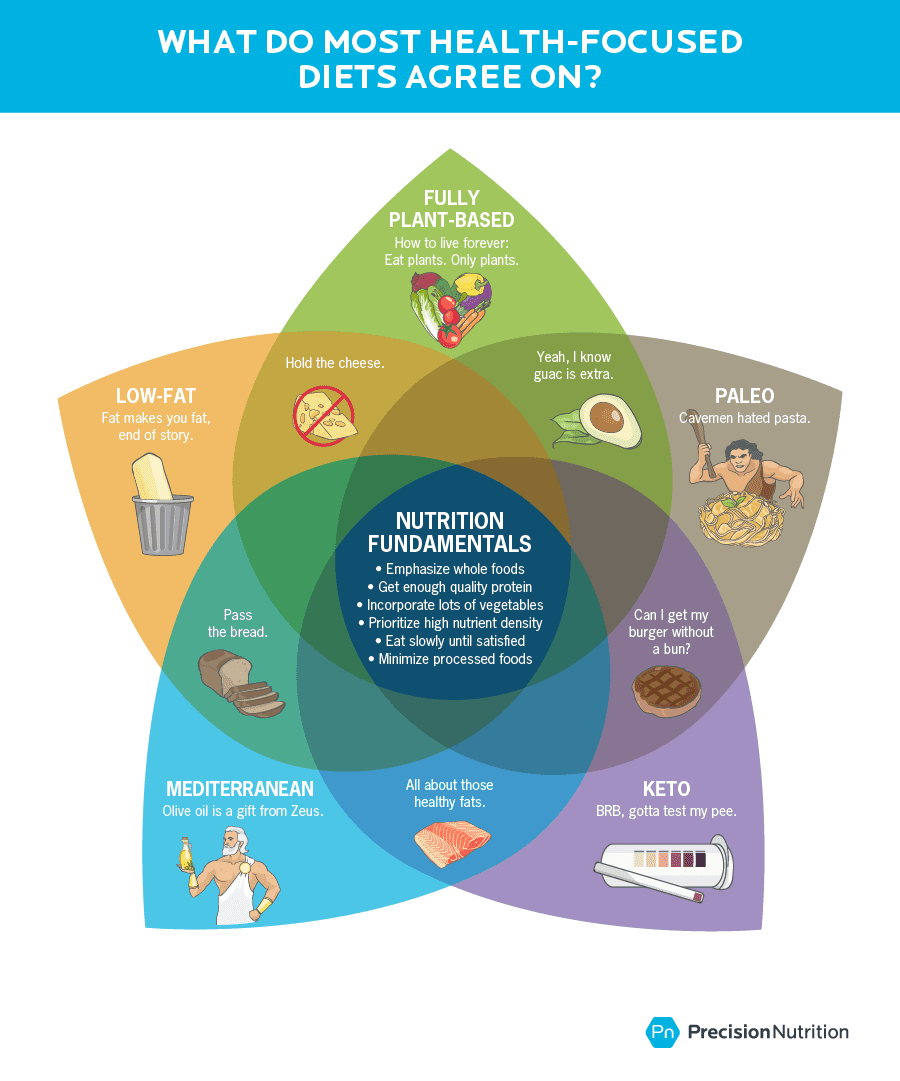

In the USA, most red meat comes from corn/grain-fed cattle, confined in relatively close quarters, and filled with antibiotics and growth hormones. In the present case, 'red meat' covers a wide variety of substances. Second, I showed examples where many clinical trials do not report variables central to the study. In particular, they tend to be increased dramatically with high- temperature food processing, and since red meat tends to be cooked at high temperatures, one would expect adverse impacts on health from increased AGEs alone.

One can conclude that control of excessive AGEs in body tissues is a foundational requirement for health/healing.ĪGEs are contained in different foods in different amounts, they are increased by high-temperature food processing, and they are produced endogenously by, e.g., reactions of proteins with glucose and ascorbates.


Every one of these twenty major disease literatures contained one or more (some very many more) articles associating the presence of large amounts of AGEs to the disease. I then selected twenty of the most prominent, and examined their core literatures for the presence of AGEs articles. Two of the findings are directly relevant to this article on effects of dietary red meat.įirst, as part of the study, I identified 140 major diseases.
Shared Decision Making and CommunicationĪ recently posted document described prevention and remediation measures for chronic and infectious diseases. Scientific Discovery and the Future of Medicine. Health Care Economics, Insurance, Payment. Clinical Implications of Basic Neuroscience. Challenges in Clinical Electrocardiography. Adjusted for age (continuous) body mass index (calculated as weight in kilograms divided by height in meters squared) category (<23.0, 23.0-24.9, 25.0-29.9, 30.0-34.9, or ≥35.0) alcohol consumption (0, 0.1-4.9, 5.0-29.9, ≥30.0 g/d in men 0, 0.1-4.9, 5.0-14.9, or ≥15.0 g/d in women) physical activity level (<3.0, 3.0-8.9, 9.0-17.9, 18.0-26.9, or ≥27.0 hours of metabolic equivalent tasks per week) smoking status (never, past, or current ) race (white or nonwhite) menopausal status and hormone use in women (premenopausal, postmenopausal never users, postmenopausal past users, or postmenopausal current users) family history of diabetes mellitus, myocardial infarction, or cancer history of diabetes mellitus, hypertension, or hypercholesterolemia total energy intake and the corresponding 2 dietary variables in the models. Hazard ratios and 95% CIs (error bars) for total mortality associated with replacement of other food groups for red meat intake. The results were adjusted for age (continuous) body mass index (calculated as weight in kilograms divided by height in meters squared) category (<23.0, 23.0-24.9, 25.0-29.9, 30.0-34.9, or ≥35) alcohol consumption (0, 0.1-4.9, 5.0-29.9, ≥30.0 g/d in men 0, 0.1-4.9, 5.0-14.9, or ≥15.0 g/d in women) physical activity level (<3.0, 3.0-8.9, 9.0-17.9, 18.0-26.9, or ≥27.0 hours of metabolic equivalent tasks per week) smoking status (never, past, or current ) race (white or nonwhite) menopausal status and hormone use in women (premenopausal, postmenopausal never users, postmenopausal past users, or postmenopausal current users) family history of diabetes mellitus, myocardial infarction, or cancer history of diabetes mellitus, hypertension, or hypercholesterolemia and intakes of total energy, whole grains, fruits, and vegetables, all in quintiles. Dose-response relationship between red meat intake and risk of all-cause mortality in the Health Professionals Follow-up Study (A) and the Nurses' Health Study (B).








 0 kommentar(er)
0 kommentar(er)
